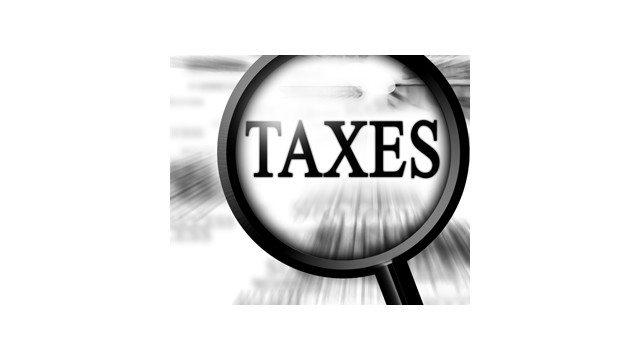Tax Law Means Big Accounting Changes for Small Business Owners
When it comes to accounting for income and expenses, most small business owners want to K.I.S.S. (Keep It Simple, Stupid). Not surprisingly, many are embracing the reforms recently created by the Tax Cuts and Jobs Act (TCJA). Notably, the TCJA opens up...
Sep. 26, 2019

When it comes to accounting for income and expenses, most small business owners want to K.I.S.S. (Keep It Simple, Stupid). Not surprisingly, many are embracing the reforms recently created by the Tax Cuts and Jobs Act (TCJA). Notably, the TCJA opens up the cash accounting method, the simplest approach, to more small businesses.
Generally, a C Corporation isn’t eligible to use the cash method of accounting unless it meets a “gross receipts” test. Prior to the TCJA, the entity was required to have average annual gross receipts for the previous three years of no more than $5 million. The TCJA increased this threshold to $25 million, effective for 2018 and thereafter, with inflation indexing in future years. For 2019, the indexed threshold is $26 million.
Note that certain special rules apply for these purposes. For instance:
- Gross receipts are aggregated for entities treated as a single employer.
- A corporation that has existed for less than three years applies the gross receipts test based on the period for which it was in existence.
- Gross receipts for a tax year of less than 12 months (e.g., due to a change in accounting period or for an initial year) are annualized by multiplying the gross receipts for the short period by 12 and dividing the result by the number of months in the short period.
- The test for the entity includes any of its predecessors.
Besides the five-fold increase in the gross receipts threshold, the TCJA also exempts small businesses from requirements to account for inventories, capitalize certain costs and account for long-term contracts using the percentage-of-completion method.
Generally, when purchases, production or sales of goods is an income-producing factor, the corporation must use the accrual method for purchases and sales. However, if the entity meets the gross receipts test, it can use the cash method, in any event. The TCJA exempts these taxpayers from the requirement to keep inventories and requires them to either account for inventory as non-incidental materials and supplies or use an accounting method conforming to its financial accounting statement.
Section 263A uniform capitalization (UNICAP) rules apply to taxpayers that maintain inventories. These rules require certain direct and indirect costs allocable to real or tangible personal property produced by a taxpayer to be included in inventory or to be capitalized into the basis of the property. Furthermore, for real or personal property acquired for resale, the taxpayer must include certain direct and indirect costs allocable to the property in inventory. Saving grace: Now the TCJA exempts qualified taxpayers from the UNICPA rules if they meet the aforementioned gross receipts test.
Finally, taxable income from long-term contracts is generally determined under the percentage-of-completion method. A “long-term contract” involves the manufacture, building, installation or construction of property that isn’t completed within the tax year of the contract.
But small construction contracts may use a completed-contract method, the exempt-contract percentage-of-completion method or any other permissible method. A “small construction contract” is one that’s expected to be completed within two years if the taxpayer meets the gross receipts test for the year of the contact. Accordingly, thee TCJA extends the exception for small construction contracts to entities that don’t have more than $25 million in average annual gross receipts.
The IRS recently issued guidance in Revenue Procedure 2018-40 that explains the procedures for obtaining automatic consent to change the accounting method based on the TCJA provisions. Provide the assistance your clients need.
